
The United Labour Party (ULP) is a social-democratic political party in Armenia. It is led by Gurgen Arsenyan.
The People's Party is a political party in Armenia which was founded in 1995.

Parliamentary elections were held in Armenia on 6 May 2012. President Serzh Sargsyan's ruling Republican Party gained more majority of the parliament seats. Armenia's wealthiest man Gagik Tsarukyan's Prosperous Armenia came second with about one fourth of the seats, while ANC, ARF, Rule of Law and Heritage won less than 10 percent each.
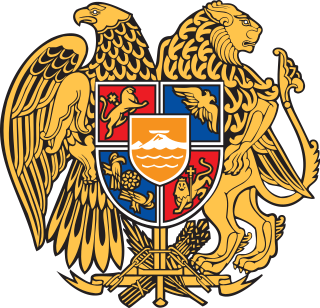
Parliamentary elections were held in Armenia on 2 April 2017. They were the first elections after a constitutional referendum in 2015 that approved reforms for the country to become a parliamentary republic. The result was a victory for the ruling Republican Party of Armenia, which won 58 of the 105 seats in the National Assembly.

This article lists political parties of the National Assembly of Armenia and represents their programs. Armenia became an independent state in 1991, following the collapse of the Soviet Union. Since then, many political parties have been formed, who mainly work with each other to form coalition governments. The country has a multi-party system.
Yerevan City Council elections were held on 23 September 2018. The snap election was trigged after the resignation of former mayor Taron Margaryan amid the aftermath of the 2018 Armenian Velvet Revolution. Well-known comedian and actor Hayk Marutyan, heading the electoral list of the My Step Alliance, was elected to the office of mayor of Yerevan.

Snap parliamentary elections were held in Armenia on 20 June 2021. The elections had initially been scheduled for 9 December 2023, but were called earlier due to a political crisis following the 2020 Nagorno-Karabakh War and an alleged attempted coup in February 2021.

Citizen’s Decision, also known as the Citizen’s Decision Social-Democratic Party, is an Armenian social-democratic political party founded in November 2018 by a group of left-leaning activists following the Velvet Revolution. The party traces back its origin to the 2012 Mashtots Park Movement.
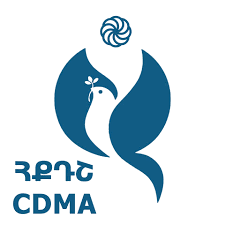
The Christian-Democratic Rebirth Party, also known as the Christian Democratic Movement of Armenia, is a Christian democratic political party in Armenia, founded on 15 September 2018.

The Homeland Party is a centre-right political party in Armenia. It was founded on 30 May 2020 by Artur Vanetsyan.

The 2020−2021 Armenian protests were a series of protests that began following the Nagorno-Karabakh ceasefire agreement on 10 November 2020. After Prime Minister Nikol Pashinyan announced that he signed an agreement to cede Armenian-occupied territories in Azerbaijan and put an end to six weeks of hostilities over the Nagorno-Karabakh region, thousands of people took to the streets, and hundreds stormed the Parliament building in the capital Yerevan. Protests continued throughout November, with demonstrations in Yerevan and other cities demanding the resignation of Nikol Pashinyan.

The National Democratic Pole also known as the National Democratic Alliance or the National Democratic Party, is an Armenian political alliance between the Sasna Tsrer Pan-Armenian Party, the National Progress Party of Armenia, as well as, several independent politicians. The European Party of Armenia was a founding member, but withdrew from the alliance in May 2021.

The Homeland Salvation Movement was an Armenian political alliance, consisting of several opposition political parties, led by Vazgen Manukyan.
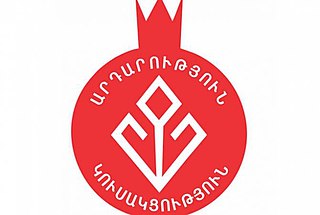
The Social Justice Party is an Armenian political party. It was founded in 1999 and is currently led by Arthur Baloyan.
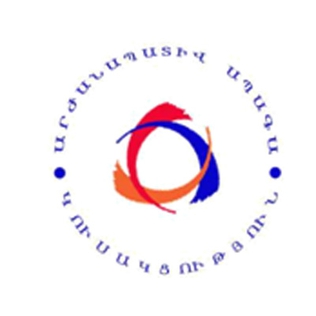
The Dignified Future Party is an Armenian political party.
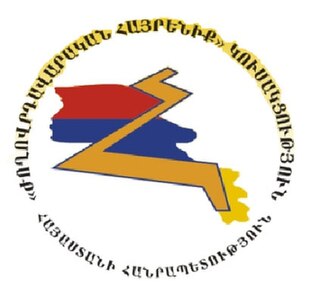
The Democratic Homeland Party is an Armenian political party. The Chairman of the party is Petros Makeyan.

The For the Republic Party, also known as the Alliance for Defenders of Democracy is an Armenian political party.
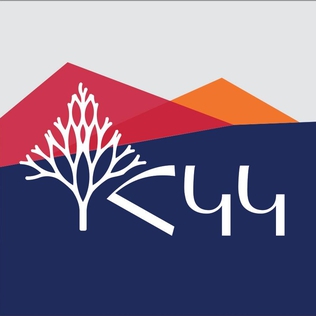
The Armenian Constructive Party, sometimes known as the Armenian Construction Party is a liberal political party in Armenia. The party was established in July 2018 and is currently led by Andrias Ghukasyan.

Armenian Dream is an Armenian political party. It was founded in 2018 and is currently led by Armen Mkrtchyan.
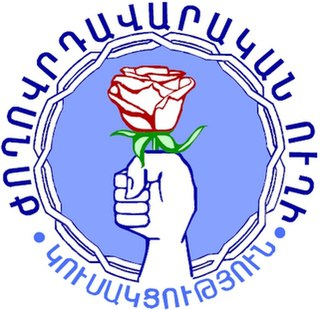
The Democratic Way Party, also known as the People's Way party, is a political party in Armenia. It is led by Manuel Gasparyan.


















